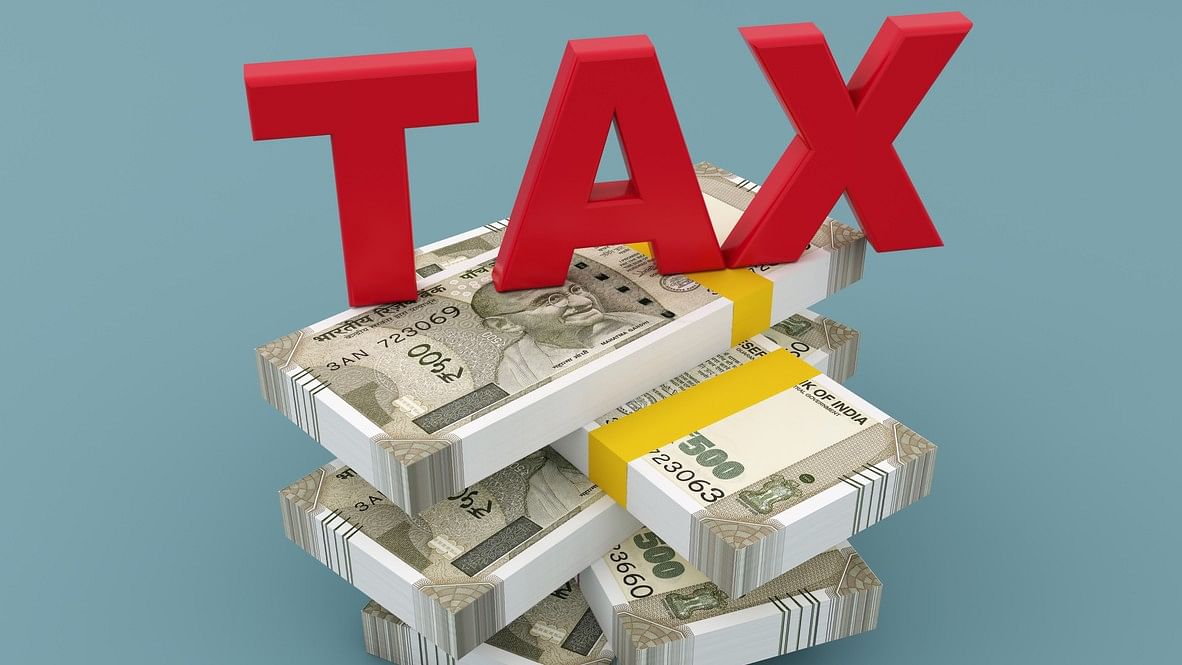
In 2016-17, the number of individuals who came under the Rs 1 crore tax bracket was just 68,263.
Credit: iStock Photo
Recent tax data shows that wealthy Indians have become wealthier, despite the devastating fallout of the pandemic. Individuals entering the Rs 1 crore-plus income tax bracket has seen phenomenal growth, reported Economic Times.
This defies conventional wisdom and enforces the narrative of a K-shaped economic recovery. Perhaps, this tells us why the rich are getting richer.
India has added 57,951 new crorepatis in the last financial year - a significant number considering the loss of jobs and erosion of output due to the impact of Covid-induced lockdowns. The number of individual taxpayers topping the Rs 1 crore bracket increased to 1,69,890 from 1,11,939 in 2022-23, a 51 per cent spike, according to CBDT.
According to income tax officers and experts, multiple reasons are behind this unusual trend: boom in stocks and startup sector, better collation of data on income and tax, solid growth in high-paying jobs, and even moonlighting are some of the factors.
In 2016-17, the number of individuals who came under the Rs 1 crore tax bracket was just 68,263.
Pandemic-induced profit?
Former CBDT chairman, R Prasad, says, "I am not surprised by this phenomenal growth. When so many companies turned highly profitable during the pandemic, their CEOs and those in senior management positions must have benefitted the most. The middle management and those at the bottom of the pyramid usually receive only routine increments."
The Income Tax Department does not reveal the break-up of taxpayers between non-salaried and salaried individuals. However, experts believe that over half of the crorepati taxpayers are likely to be salaried individuals.
“Despite the pandemic, certain sectors such as IT and ITeS, consultancy and financial services did well. Also, the startup sector, which is witnessing a funding winter now, was flush with funds. It offered high-paying jobs and ESOPs to attract talent", said, Vikas Vasal, tax partner in Grant Thornton Bharat.
Employee stock ownership plan (ESOP) is a benefit plan that grants the employee a chance to invest in company stocks.
“Many short-term retail investors in listed Indian securities have benefitted from the sustained increase in stock indices (during the Covid period),” says Sudhir Kapadia, a tax partner at EY India.
“The increasing scope and application of tax deduction and collection at source (TDS and TCS) on a wide variety of payments have ensured that a significant share of tax is being mopped up at the inception of a transaction, which also results in an audit trail of such transactions,” Kapadia added.
As per CBDT, total taxpayers in 2022-23 including Hindu Undivided Families (HUF), trusts, companies, and local authorities, paying taxes on income above Rs 1 crore were 269,184.
These included 25,262 firms, 3,059 trusts, and 66,397 companies. Just before Covid, in FY 2019-20, 53,679 firms paid taxes on over Rs 1 crore income. This means, the growth of individuals in this tax bracket was 51 per cent in three years as against 23 per cent in the case of companies.
“When the pandemic began, companies fired many employees. But soon after there was a big rush in hiring. Salaries of a select few moved up significantly during that phase. Also, moonlighting pushed the income level of highs alaried individuals further up. As they started receiving income from multiple companies, that too all in white, these enhanced earnings coupled with capital gains from stock sales took many individuals to a higher tax bracket of Rs 1 crore-plus," says Vikram Doshi, tax partner in Price Waterhouse & Co.
Requesting anonymity, a senior I-T officer said, “Non-salaried, non-business income, mainly from the sale of land and flats has also contributed to the surge of crorepatis. Also, there is better compliance nowadays. The concept of No. 2 khata (non-disclosure of a second bank account) is over because of better reporting by banks. I won’t deny that some individuals are still hiding taxes by using cash, gold and precious stones. So, the number is bound to go up further".